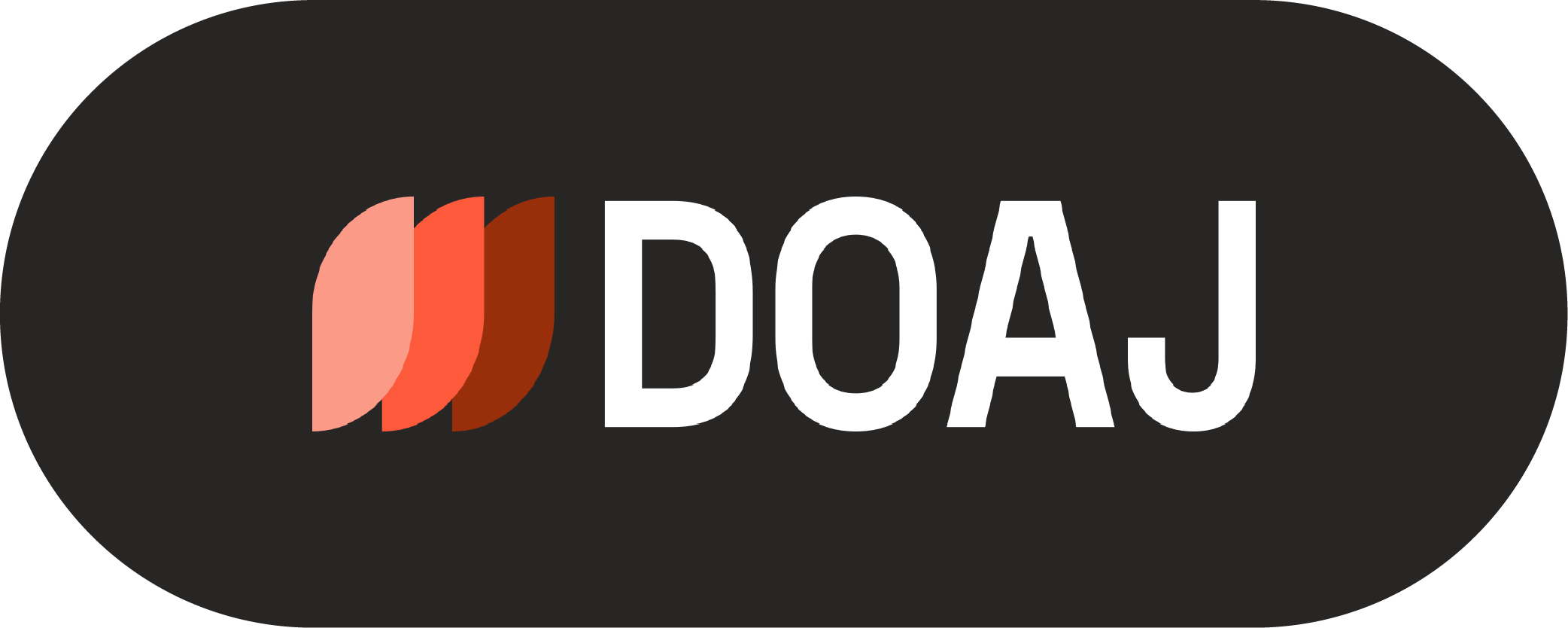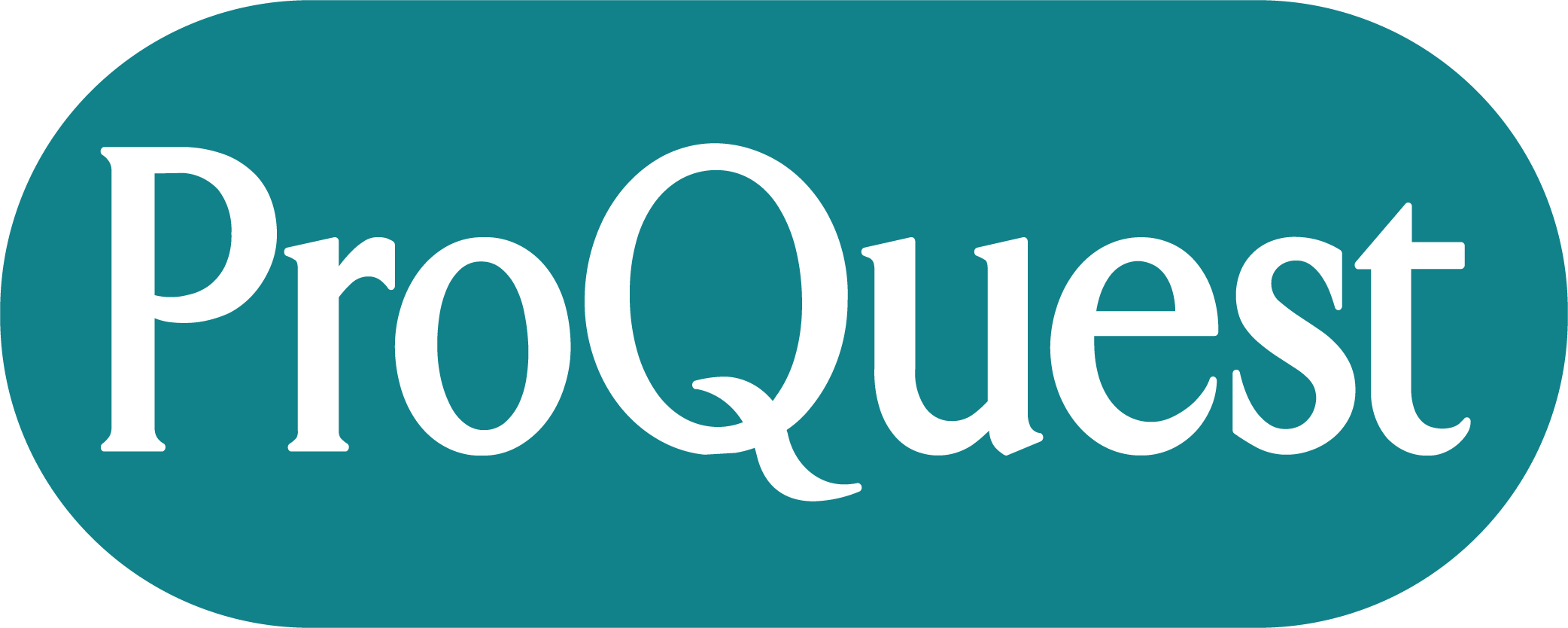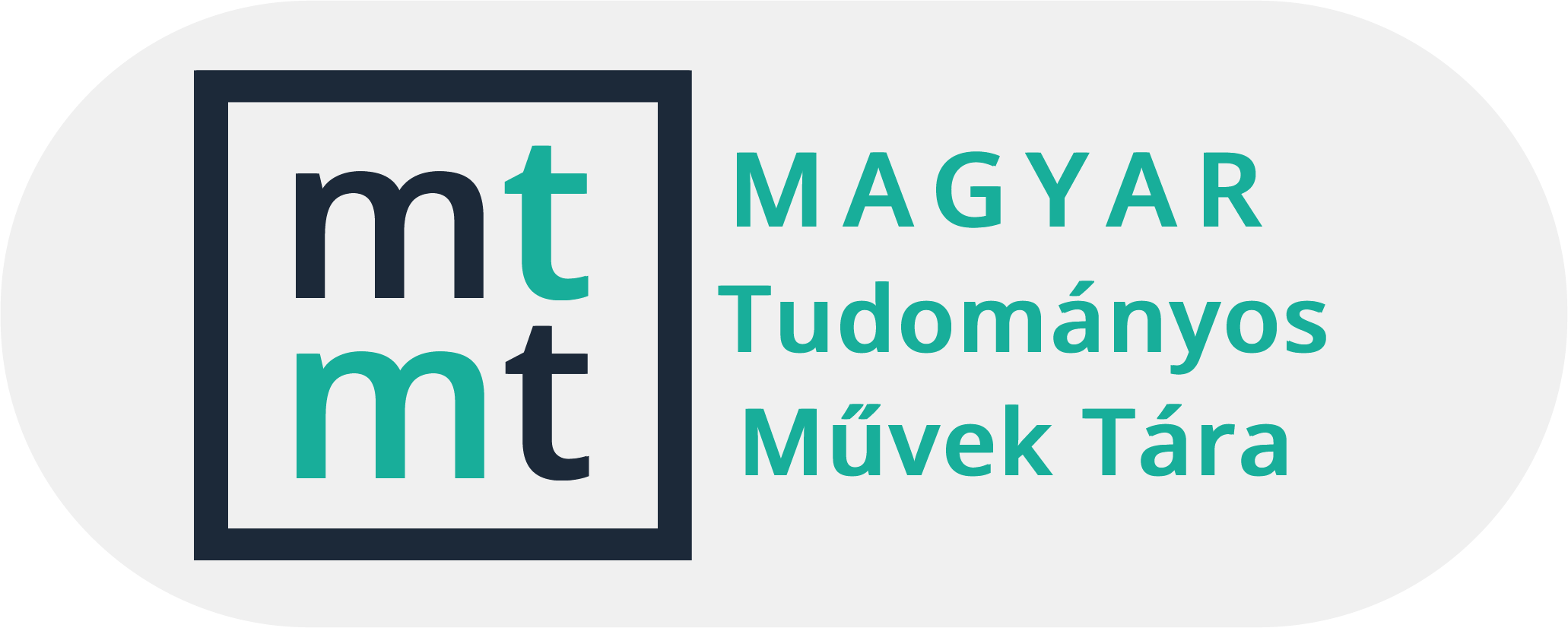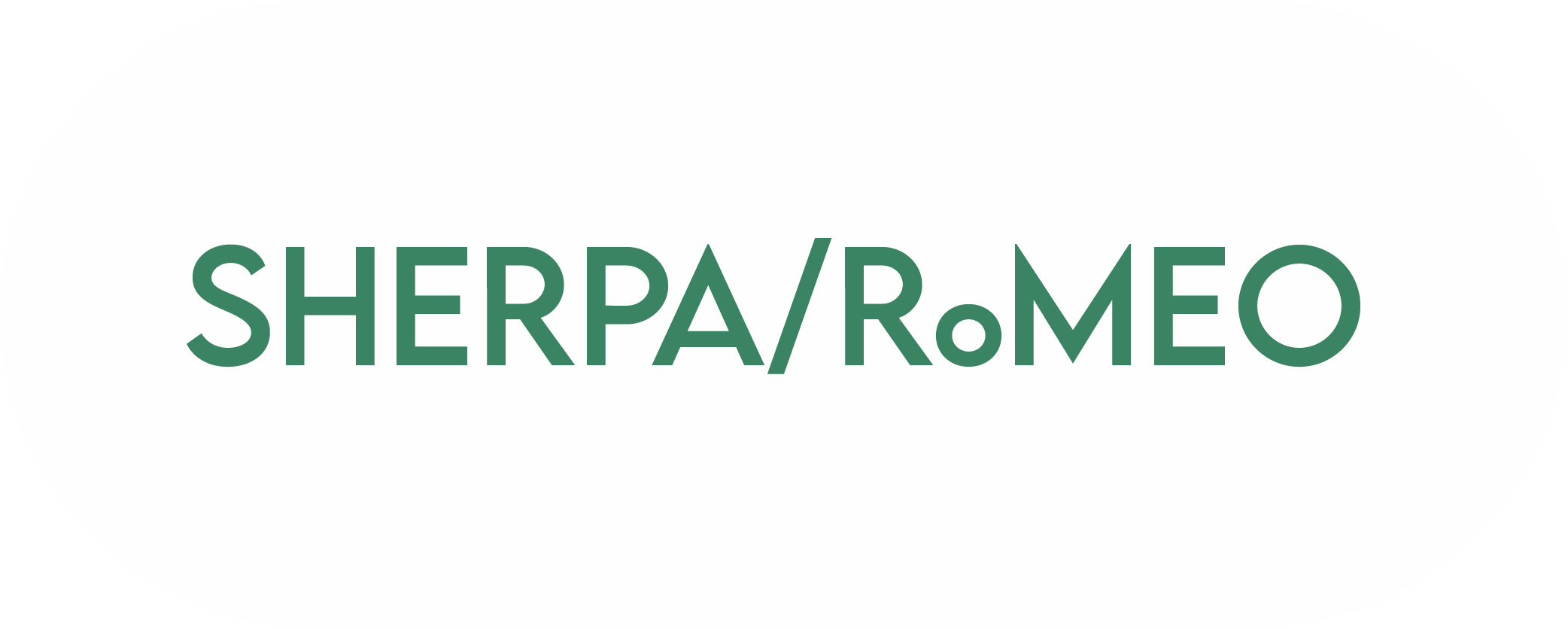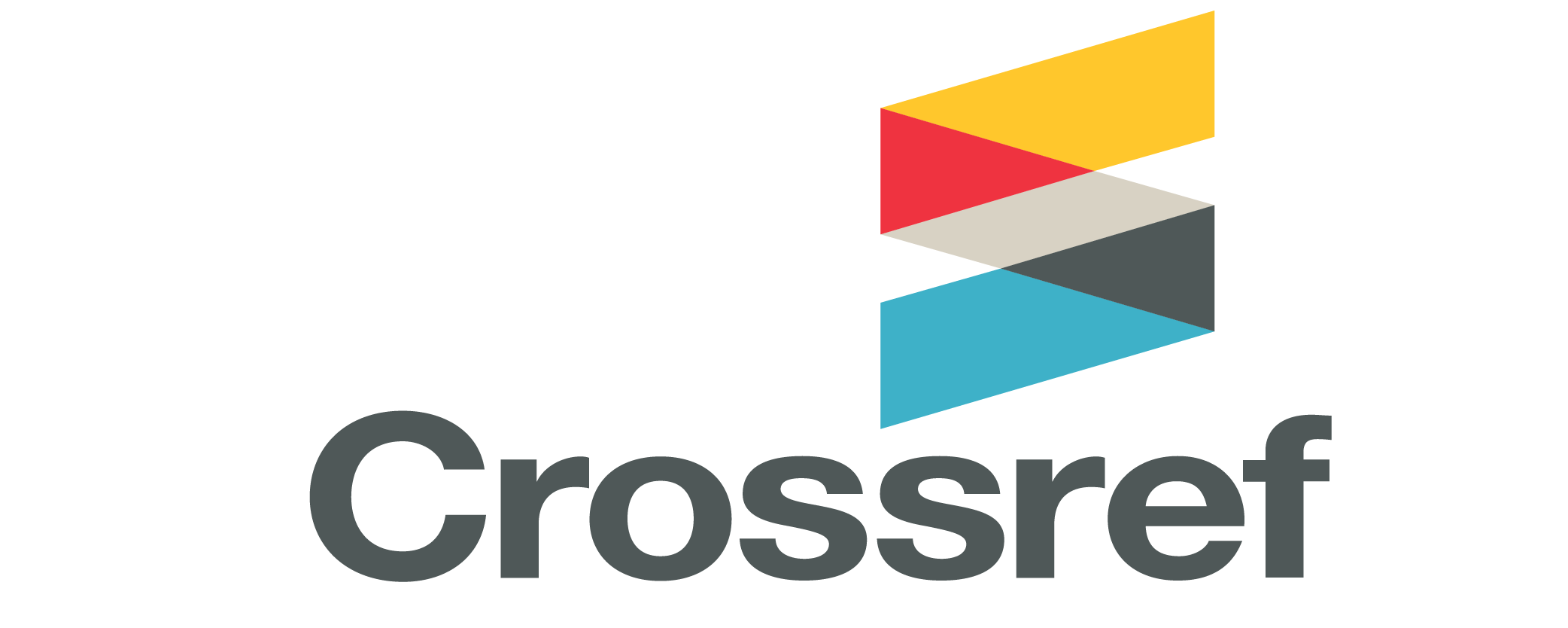Search
Search Results
-
On some problems on composition of arithmetic functions
161-181Views:94The main goal of this paper is to investigate some problems related to the commutativity of the composition of arithmetic functions. The concept of commutativity arises many times in high school maths, so it is natural to study the composition of functions, namely the equation f(g(n)) = g(f(n)), where f and g are such well known arithmetic functions as d(n), φ(n), σ(n), ω(n), or Ω(n). We study various aspects of solvability: can we exhibit infinitely many solutions; can we determine every solution; can we find suitable values in the range of both functions f and g for which the equation is, or is not solvable, respectively. We need just the basic facts about the above functions,and we use only elementary methods in the proofs. We present some interesting questions, their solutions, and raise some unsolved problems. We found that this topic can be discussed well in secondary school, mainly within the framework of group study sessions as we had some classes with a group of kids in 9th grade. We summarize the experiences of this experiment in the last section. -
Powers which commute or associate as solutions of ODEs
241-254Views:106This paper is dedicated to the two classical transcendental functions: The locus of points for which powers commute, and the locus of points for which powers associate. These classical functions however are considered in a new perspective: as holomorphic solutions of ODEs passing over the points of singularity of these ODEs.
Generally, solution functions which are holomorphic at singular points of the phase space of ODEs were studied in [2,3], and it was shown in [3], that certain holomorphic functions may satisfy only singular rational ODEs. This is the frame in which the function of commuting or associating powers are considered in this paper.
First we obtain several types of ODEs satisfied by these functions. The obtained ODEs happen to have singular points, yet the solutions are proved to be holomorphic at these points, and their Taylor expansions are obtained. However it is not yet known whether these two transcendental functions can satisfy a regular rational ODE at the respective special points. The article also poses an open question about remarkable inequalities related to the commuting powers. -
Comparison of teaching exponential and logarithmic functions based on mathematics textbook analysis
297-318Views:114Exponential and logarithmic functions are key mathematical concepts that play central roles in advanced mathematics. Unfortunately these are also concepts that give students serious difficulties. In this paper I would like to give an overview – based on textbook analysis – about the Hungarian, Austrian and Dutch situation of teaching exponential and logarithmic functions. This comparison could also provide some ideas for Hungarian teachers on how to embed this topic in their practice in another more "realistic" way. -
Some Pythagorean type equations concerning arithmetic functions
157-179Views:194We investigate some equations involving the number of divisors d(n); the sum of divisors σ(n); Euler's totient function ϕ(n); the number of distinct prime factors ω(n); and the number of all prime factors (counted with multiplicity) Ω(n). The first part deals with equation f(xy) + f(xz) = f(yz). In the second part, as an analogy to x2 + y2 = z2, we study equation f(x2) + f(y2) = f(z2) and its generalization to higher degrees and more terms. We use just elementary methods and basic facts about the above functions and indicate why and how to discuss this topic in group study sessions or special maths classes of secondary schools in the framework of inquiry based learning.
Subject Classification: 97F60, 11A25
-
How do secondary school students from the Kurdistan Region of Iraq understand the concept of function?
221-244Views:260The study investigates secondary school students' understanding of the concept of function. The paper focuses on three main aspects: students' ability to define the concept of function; students' ability to recognize different representations of function; and students' ability to convert between different representations. A test was developed to assess the three main constructs of the study and administered to 342 students in secondary schools in the Kurdistan Region of Iraq. According to the results, students have diffculties in recognizing different representations of function and conversion between them. Connections between different parts of the test may provide hints on educational challenges of how to appropriately teach functions.
Subject Classification: 26Bxx, 97D60
-
The influence of computer on examining trigonometric functions
111-123Views:103In this paper the influence of computer on examining trigonometric functions was analyzed throughout the results questionnaire. The students, as usual, had to examine two trigonometric functions, both were given with the appropriate instructions. Three groups were tested. Two of those three groups were prepared with the help of computer and the third one was taught without computer. From the analysis of the questionnaire it follows that the computer has a great influence on understanding of the connections between the graph and very complex calculations. -
Maximum and minimum problems in secondary school education
81-98Views:130The aim of this paper is to offer some possible ways of solving extreme value problems by elementary methods with which the generally available method of differential calculus can be avoided. We line up some problems which can be solved by the usage of these elementary methods in secondary school education. The importance of the extremum problems is ignored in the regular curriculum; however they are in the main stream of competition problems – therefore they are useful tools in the selection and development of talented students. The extremum problem-solving by elementary methods means the replacement of the methods of differential calculus (which are quite stereotyped) by the elementary methods collected from different fields of Mathematics, such as elementary inequalities between geometric, arithmetic and square means, the codomain of the quadratic and trigonometric functions, etc. In the first part we show some patterns that students can imitate in solving similar problems. These patterns could also provide some ideas for Hungarian teachers on how to introduce this topic in their practice. In the second part we discuss the results of a survey carried out in two secondary schools and we formulate our conclusion concerning the improvement of students' performance in solving these kind of problems. -
Assimilation of mathematical knowledge using Maple
321-331Views:105For more than four years we have been teaching a Maple course at University of Debrecen for prospective mathematics teachers. The aim of the course is that students get some experience on mathematical visualization with Maple. At the last part of the course the student is provided with a problem of geometrical flavor. Within three or four weeks he/she must obtain a solution. In this paper we present and analyze two of student projects: rotation of the hypercube and drawing of complex functions. The concluding remark is that most of the students will profit from using Maple for such type of problems: it helps to assimilate mathematical knowledge. -
Examining continuity/discontinuity of a function by using GeoGebra
241-257Views:147The possibility to visualize the things with the help of today's dynamic software (GeoGebra being one of them), enables the students to see and explore mathematical relations and concepts that were difficult to be presented in the past, prior to the state-of-the-art technologies. In methodological sense, the contribution of this paper lies in the presentation of a set of visualizations designed to help students better understand and explore the basic calculus concepts such as continuity at a point, to examine discontinuity at a point, to display discontinuities and the relations between continuity and differentiability of single variable functions. In technical sense, this paper presents creative GeoGebra applets which offer new possibilities that could be of a vital importance for the future development of e-learning of College mathematics. -
Comparing various functions of the divisors of an integer in different residue classes
247-258Views:120The main goal of this paper is to investigate some problems related to the distribution of the divisors of a number in different residue classes. We study these questions modulo 3, and use mostly just elementary number theory. In some special cases, we demonstrate how this problem is related to other fields of maths, especially to combinatorics. Since the author is also a secondary school teacher, we use elementary methods that can be discussed in secondary school, mainly within the framework of group study sessions or in special maths classes. We do think that the investigation of these types of questions can motivate children to find their own way to create their own questions, and to get a deeper insight into problem solving by these experimentations. -
Würfel und Augensummen – ein unmögliches Paar
71-88Views:128It is well known that the values 2, 3, ..., 12 of the sum of eyes that appear when throwing two regular dice are not equally distributed. It can also be shown that no matter how the dice are falsified (or if only one of them is being manipulated) they can never reach the same probability concerning the sum of eyes ([8], 91 et seq.). This discovery can be generalized for n ≥ 2 dice. Various results of algebra and (real) calculus are used, so that a connection between two different mathematical fields can be realized. Such a connection is typical and often provides a large contribution for mathematics (because it frequently leads to a successful attempt of solving a special problem) and therefore examples of this sort should also be included in the mathematical education at schools as well as in the student teachers' university curriculum for the study of mathematics. -
Forming the concept of parameter with examples of problem solving
201-215Views:109Pupils are encountering difficulties with learning algebra. In order for them to understand algebraic concepts, particularly the concept of parameter it was decided by the teacher of mathematics and Information Technology to integrate the teaching of these two subjects. The aim of this study is to investigate whether, and to what degree, software can be useful in process of forming the concept of parameter. This longitudinal study was conducted in a junior high school (13-16 year old children) using different computer programs. -
Some aspects of teaching the technology of designing and planning information systems in health care
131-144Views:77In this article, we use the well-known ideas of technology in designing of new information systems in health care. We explain the principle that "making a health care application" "is more than writing a program", "it requires a strong co-operation and continuous contact" between the system analysts and users. The concept of the information system must contain the work of the whole system, which means that the planning and designing process should focus on the services, which really support the customer's functions. It has to be compatible with the earlier information systems based on several decade's experience. In this paper we use the most important elements of system theory. First of all we explain why it is important to take into account the behaviour of those, who operate the information system, and also their habits and way of thinking when planning then information system. We emphasise that it is importance to overview the whole information system and its functionality because it is a major aspect of the system planning.
This paper can be used in university courses especially in teaching SDM, SSADM, Martin, etc. technologies for information system analysts, program designers and programmers. -
An e-learning environment for elementary analysis: combining computer algebra, graphics and automated reasoning
13-34Views:126CreaComp is a project at the University of Linz, which aims at producing computer-supported interactive learning units for several mathematical topics at introductory university level. The units are available as Mathematica notebooks. For student experimentation we provide computational, graphical and reasoning tools as well. This paper focuses on the elementary analysis units.
The computational and graphical tools of the CreaComp learning environment facilitate the exploration of new mathematical objects and their properties (e.g., boundedness, continuity, limits of real valued functions). Using the provided tools students should be able to collect empirical data systematically and come up with conjectures. A CreaComp component allows the formulation of precise conjectures and the investigatation of their validity. The Theorema system, which has been integrated into the CreaComp learning environment, provides full predicate logic with a user-friendly twodimensional syntax and a couple of automated reasoners that produce proofs in an easy-to-read and natural presentation. We demonstrate the learning situations and the provided tools through several examples. -
Über die sogenannte Regel von de l’Hospital im Mathematikunterricht
193-208Views:75The aim of this paper is to provide an insight into the problems of the socalled indeterminate expressions, in order to make the students understand them better. The paper deals with the conditions and the proof of the theorem about the limit of a quotient of certain functions of one variable, usually named after l'Hospital. The question is of some interest, since the formulation of the result in several textbooks often appears redundant and the proof is more complex than necessary. First, the historical background is briefly sketched. Second, the theorem is formulated and justified, where three different, simple proof techniques are presented. Finally, possible applications are suggested for teaching, which are usually not treated in this problem area. -
The role of computer in the process of solving of mathematical problems (results of research)
67-80Views:119We would like to present results of an almost two years investigations about the role computer in the process of solving of mathematical problems. In these investigations took part 35 students of the secondary school (generalists) in the age 17–19 years. Each of these students solved following problem:
Find all values of the parameter m so that the function
f(x) = |mx + 1| − |2x − m| is:
a) bounded,
b) bounded only from the bottom,
c) bounded only from above,
first without a computer and next with a special computer program. We would like to show results of these researches. -
An idea which yields a lot of elementary inequalities
61-72Views:96The aim of the article is to show how studies in higher mathematics can be applied in everyday teaching practice to construct new problems for their pupils. In higher mathematics it is known that the set of real numbers with the addition and multiplication (shortly: (R,+,x)) is an ordered field. Considering a strictly monotonic increasing and continuous function σ with domain ...
By this idea, using different kinds of functions σ we show a lot of different elementary inequalities. -
Promoting a meaningful learning of double integrals through routes of digital tasks
107-134Views:356Within a wider project aimed at innovating the teaching of mathematics for freshmen, in this study we describe the design and the implementation of two routes of digital tasks aimed at fostering students' approach to double integrals. The tasks are built on a formative assessment frame and classical works on problem solving. They provide facilitative and response-specific feedback and the possibility to request different hints. In this way, students may be guided to the development of well-connected knowledge, operative and decision-making skills. We investigated the effects of the interaction with the digital tasks on the learning of engineering freshmen, by comparing the behaviours of students who worked with the digital tasks (experimental group, N=19) and students who did not (control group, N=19). We detected that students in the experimental group showed more exibility of thinking and obtained better results in the final exam than students in the control group. The results confirmed the effectiveness of the experimental educational path and offered us interesting indications for further studies.
Subject Classification: 97D40, 97U70, 44A45
-
Apollonea.com project: integrating geometry and collaboration in education
183-194Views:22This article presents the Apollonea.com project, which aims to make the solutions to Apollonius’ problems accessible to students and teachers through modern technology. The web platform contains more than 150 interactive constructions created by students using GeoGebra, allowing for dynamic manipulation and visualization of solutions to various variants of Apollonius’ problems. The project combines classical geometric problems with an interdisciplinary approach, teamwork, and the use of modern technology. The article describes the process of developing the Apollonea.com website, the use of GeoGebra in the project, the structure and functions of the website, and its educational benefits in enhancing students’ geometric skills. The project demonstrates how traditional mathematics education can be connected with modern ICT tools.
Subject Classification: 97U50, 97G40, 51M04, 68U05
-
Task reformulation as a practical tool for formation of electronic digest of tasks
1-27Views:120Creative thinking as well as thinking itself is being developed at active learning-cognitive activity of students. To make mathematic matter a subject of interest and work of students at classes, it is efficacious to submit it in a form of tasks. The tasks may be set up in a purposeful system of tasks by means of which reaching the teaching goals in the sense of quality and durability of gained knowledge may be more effective. A suitable means for presentation of tasks with their characteristics (as e.g. didactic function and cognitive level) as well as task systems themselves is an electronic digest of tasks as a database. The analysis of textbooks and digests of tasks commonly used at schools in Slovakia shows that they do not include all the types of tasks necessary for setting up complete (in the sense of didactic functions) task systems. One of the most important methods used for formation of the missing tasks is reformulation of tasks. The individual strategies of task reformulation are explained in details on examples in this article. -
Potential, actual and practical variations for teaching functions: cases study in China and France
157-166Views:167This contribution is based on two major hypotheses: task design is the core of teachers’ work, and variation is the core of task design. Taking into account variation in task design has a profound theoretical foundation in China and France. Developing my PhD with two co-supervisors, in China and France, I wish to seize this opportunity for constructing an analytic model of “teaching mathematics through variation” making profit of this theoretical diversity. This model distinguishes between potential variation and practical variation and is based on the process of transforming potential variation into actual variation, and of using practical variation for rethinking potential variation. The design of this model is based both on theoretical networking, and on case studies, in France and China. In this contribution, we will focus on a critical aspect in the two cases, from potential to practical variation.
Subject Classification: 97-06
-
New style in teaching word processing
417-426Views:101Teaching word processing is confined to looking through some menus and showing some functions of a word processor program, although technology presents just a small part of forming layouts. This fact causes that people who are writing documents spend a lot of time by trying to form, e.g., title pages or inner pages.
The present paper deals with a design of an online course on word processing that fits better the needs of many users. The online course is designed for teaching (LA)TEX by leading the students to the technical issues of the typesetting system through layout and grammar rules: demonstrates the most important basic recommendations of typography and grammar rules through samples, and shows how to program the currently displayed layout in the (LA)TEX programming languages. This methodology suits better the common working habit, and can be a useful help in word processing documents.
